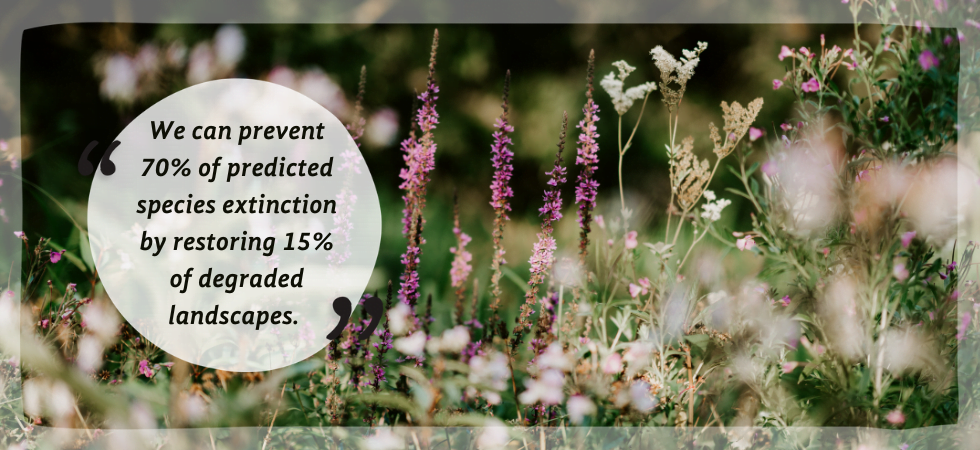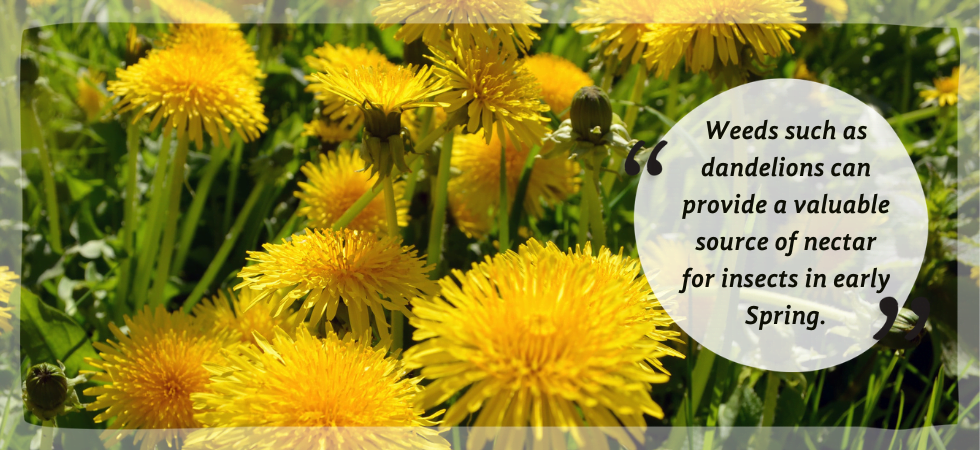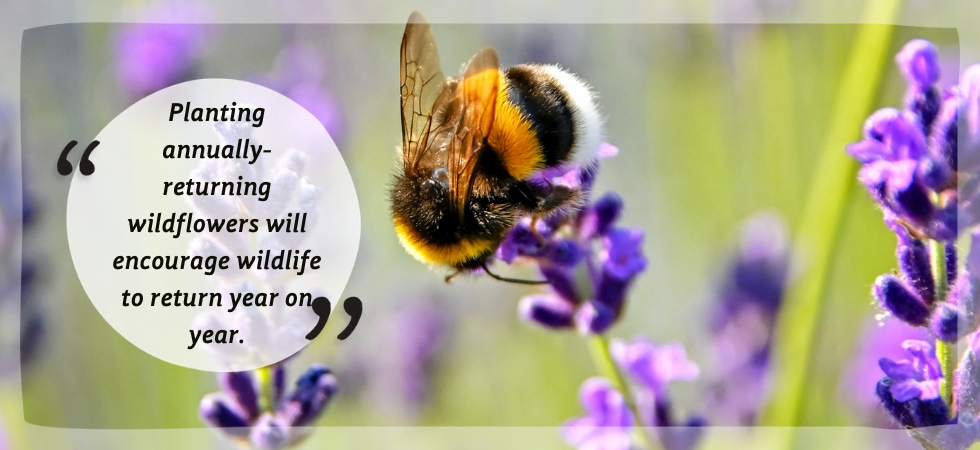Rewilding Your Garden Made Easy
Rewilding your garden made easy
Reducing the environmental impact of gardening has never been more important. Going peat-free, encouraging pollinators and being more water-conscious are all great ways to help the planet. If you want to take a leaf from Mother Nature’s book, here are some ways to make rewilding your garden easy.
Why is rewilding a good idea?
According to one charity rewilding can:
“help reverse species extinction, tackle climate change and improve our overall health and wellbeing.”
– Rewilding Britain
The debate still rages on re-introducing long-lost species such as beavers and wolves into the British countryside. But at a domestic level, more informal gardens which keep nature in mind can have a massive impact on biodiversity.
Rewilding and climate change

Our atmosphere is 1.1C warmer than it was before the industrial revolution. As the world heats up, is there any way to cool it down? Scientific research published in Nature suggests restoring 15% of degraded landscapes would absorb and store a huge amount of atmospheric carbon dioxide. Such a move would also prevent about 70% of predicted species extinction.
These degraded landscapes include upland peatlands and wetlands stripped of their peat for gardening supplies. So by buying peat-free coco coir compost, you’re already helping!
How to rewild your garden
A wild garden includes plants that only need a little care. But rewilding doesn’t mean leaving your garden to go wild.
Start small, maybe keeping areas nearer your home more formal with wilder spots further away? Or balance out wilder areas with evergreen shrubs?
Check out what’s thriving in your immediate local environment. Which plants seed themselves in walls? Or on wasteland? If you’ve a shady spot, take a look at what grows under trees near you.
Have a scraggy piece of lawn which never does well? Plant spring and autumn bulbs and let the grass grow long. Buttercups, clover and more will start to show up even from ‘normal’ lawn mix. Mowing a strip of grass around it helps create frame and make it look more intentional.

Mix in pollinator-friendly plants into your borders or pot collection like geraniums, salvias and the daisy-like Mexican fleabane.
Spend less time weeding. Yes, you heard us right! You don’t want weeds to overwhelm your prize plants. But that patch of nettles is the perfect nursery for caterpillars. And dandelions provide vital nectar early on in the year for insects.
Leave messy corners alone. A pile of leaves can be a home for hibernating hedgehogs. Insects will also be able to over-winter in dried out plant stalks and foliage.
Ditch the pesticides and try DIY remedies instead. For example you can discourage aphids by spritzing leaves with water which has a drop of washing up liquid added to it. Remember, if nothing is eating your plants then you’re not part of the ecosystem!
Coir compost and wildflowers
Wildflowers are used to thriving in poor soils. If you over-feed them, they can get leggy and start to flop over. Most also prefer well-drained soils so their roots don’t rot.
We’d recommend sowing wildflower seeds in our Coco Grow+ compost blend as the added perlite will help with drainage. You can avoid using plastic altogether by growing your wildflower seeds in our coir pots or disc plug pellets.
See the results for yourself
Back in 2019, Two Thirsty Gardeners tested scattering wild flower seeds in a raised bed filled with our compost. Check out their Coir Blimey! blog to see how they got on.

Wildflower seeds to sow
Wildflower annuals that flower for one season: Corncockle, cornflowers, poppies, vipers bugloss, wild carrot
Perennials to come back next year: Birdsfoot trefoil, blue flax, field scabious, knapweed – part of the thistle family, meadowsweet, ox-eye daisies, ragged robin, red or white campion, yarrow
Tips from the ‘Green Gardeners Guild’ online advice library
Our blogs have lots of advice to help with planning your rewilding project:
• How to grow plants from seeds: step by step
• What to plant in May
• Gardening jobs in July
Rewilding your garden success stories
We’d love to see how your rewilding plans take root!
Please post your pictures and tag @cocoandcoir on Instagram. We’ll credit you for any images we use and you’ll also be in with a chance to win some Coco & Coir goodies for your sustainable garden.










